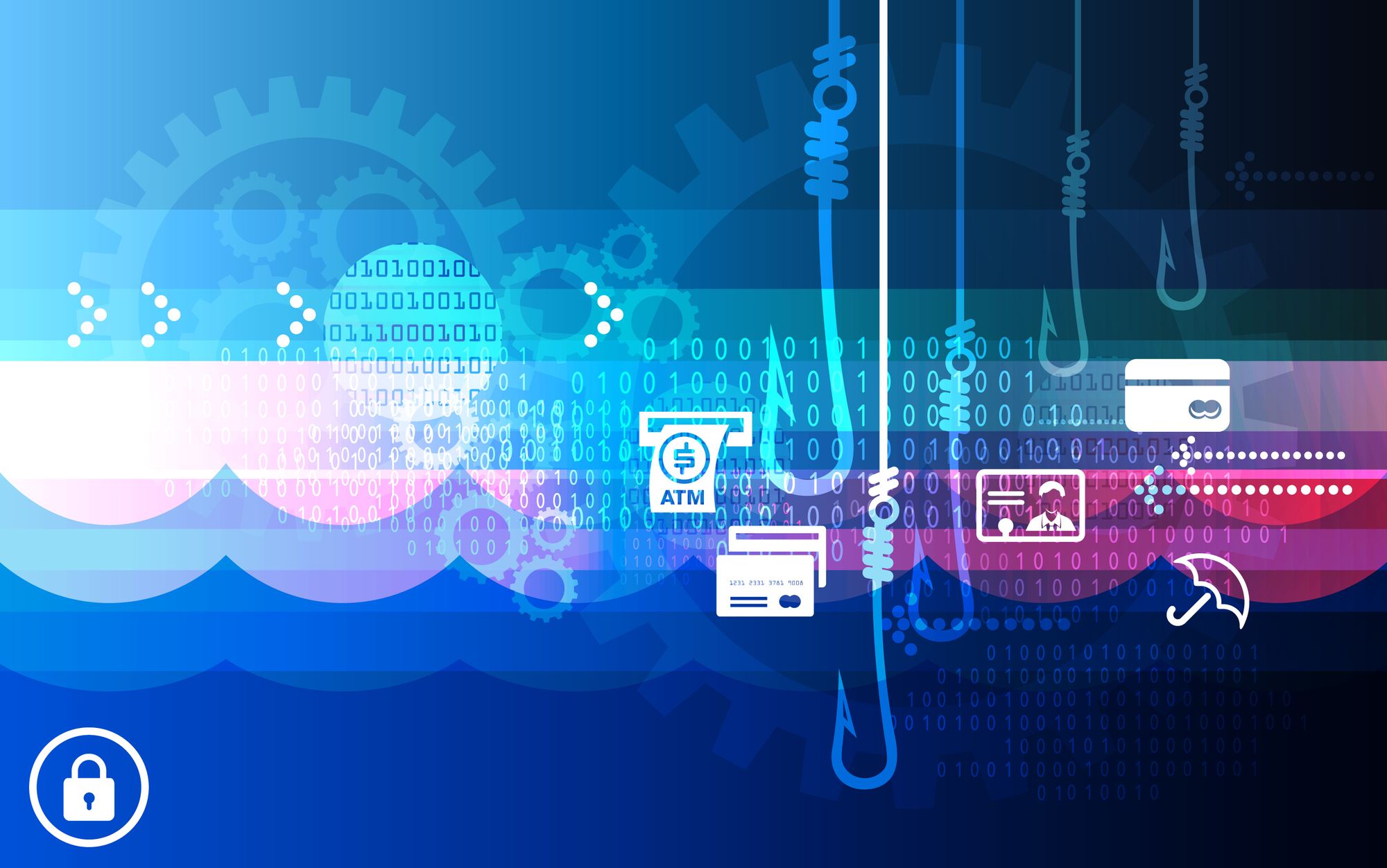Phishing is one of the primary threats to businesses of any size, which means security leaders can no longer ignore anti-phishing solutions available to them. In 2018, 64% of organizations experienced a phishing attack and 90% of data breaches in 2019 involved some form of phishing.
Organizations unprepared for phishing attacks risk tremendous loss of capital, productivity, and consumer confidence. Here are some of the most common anti-phishing solutions for any business hoping to mitigate growing attacks.
1. Blacklists
Phishing sites are discovered every day, and there are both free and subscription-based threat intelligence services that aggregate and distribute the URLs of phishing sites.
Companies use these threat feeds to block access for their employees to prevent them from falling victim to any attacks based on these known phishing sites.
Blacklists can be effective, but it is a historical perspective providing protection from only known phishing sites, so companies are always going to be one step behind the criminals.
2. Anti-phishing solution software
Cybercriminals buy and sell black-hat web development kits to mass-produce fraud websites. These fake sites aim to fool your employees into exposing information.
Anti-phishing solution software typically integrates with email systems to analyze email metadata and patterns to determine if it is a phishing email. Some browsers also have plugins that warn users when they stumble on a fraud site, however, malicious plugins have also been known to be used to gain a foothold into a company’s network environment.
The other issue with anti-phishing solutions is that they’re only as good as the latest blacklist.
3. Antivirus programs
Viruses are one of the key entry points cybercriminals use to target your sensitive data, and they are often attached to emails designed to trick the user into activating them. Antivirus programs like the built-in MS Defender are the basic front-line anti-phishing solution of any security plan.
Antivirus software constantly scours your team’s emails attachments, laptops, desktops, phones, and tablets for the latest blacklisted malware. Frequent updates patch new security threats as they are identified, stopping new viruses from spreading.
4. Multi-factor authentication
With two-factor authentication, banks, stores, and other entities send a code to a customer to confirm their identity. When cybercriminals steal an employee’s login information, multi-factor authentication adds a layer of security to defend against a costly data breach.
Since the entire security burden isn’t shouldered by the password, this anti-phishing solution thwarts the use of compromised credentials while also alerting the organization to an attempted breach.
5. Frequent anti-phishing solutions software updates
Cybercriminals are on the job 24/7, ferreting out vulnerabilities in common software. When they find one, millions of bad actors jump in, writing 350,000 new pieces of malware every day.
That’s why regular software updates to address security vulnerabilities are crucial to stay ahead of the cybercrime wave. Software developers patch and fix those open windows daily, so set a schedule to update all software on your company’s devices at least weekly. Or, turn on automatic updates for maximum protection.
6. Employee security training
Employees who aren’t up-to-date on cybersecurity risks are the primary vulnerability for any organization. Even a 1-hour security awareness class can arm employees with the knowhow to spot a phishing attempt. But black-hat hackers get better every day at making fraudulent websites look authentic, which is why security instruction is only one piece of any anti-phishing solution.
7. Cyber insurance
Many organizations have learned the hard way that general business liability insurance won’t cover breaches of company and customer data through cyberattacks. While every organization should attempt to protect data from cybercriminals, cyber insurance is an important failsafe in case a breach occurs. With cyber insurance, your organization can recover fast financially from a breach, so the company’s operations are disrupted.
8. Real time scanning
Internet sites are created, modified, and taken down daily, so assessing whether a site is designed for phishing attacks in real time has tremendous value. Who knows what sites your employees are visiting and when they will go there? Assessing the site in real time at the time of click avoids the rearview security protection of many phishing solutions, such as blacklists.
How Bolster Can Help with Anti-Phishing Solutions
Bolster can help protect your company from phishing attack or augment each of these anti-phishing solutions to improve your defenses.
We serve as the last line of defense by detecting phishing and fraudulent sites in real time. Using our unique AI technology, Bolster spots fraud sites as they pop up, issuing takedowns before they can defraud your customers and employees.
Contact us to find out why many of the world’s top businesses trust Bolster to keep consumer data safe.
You can also read more about our AI technology and our fraud prevention platform.









